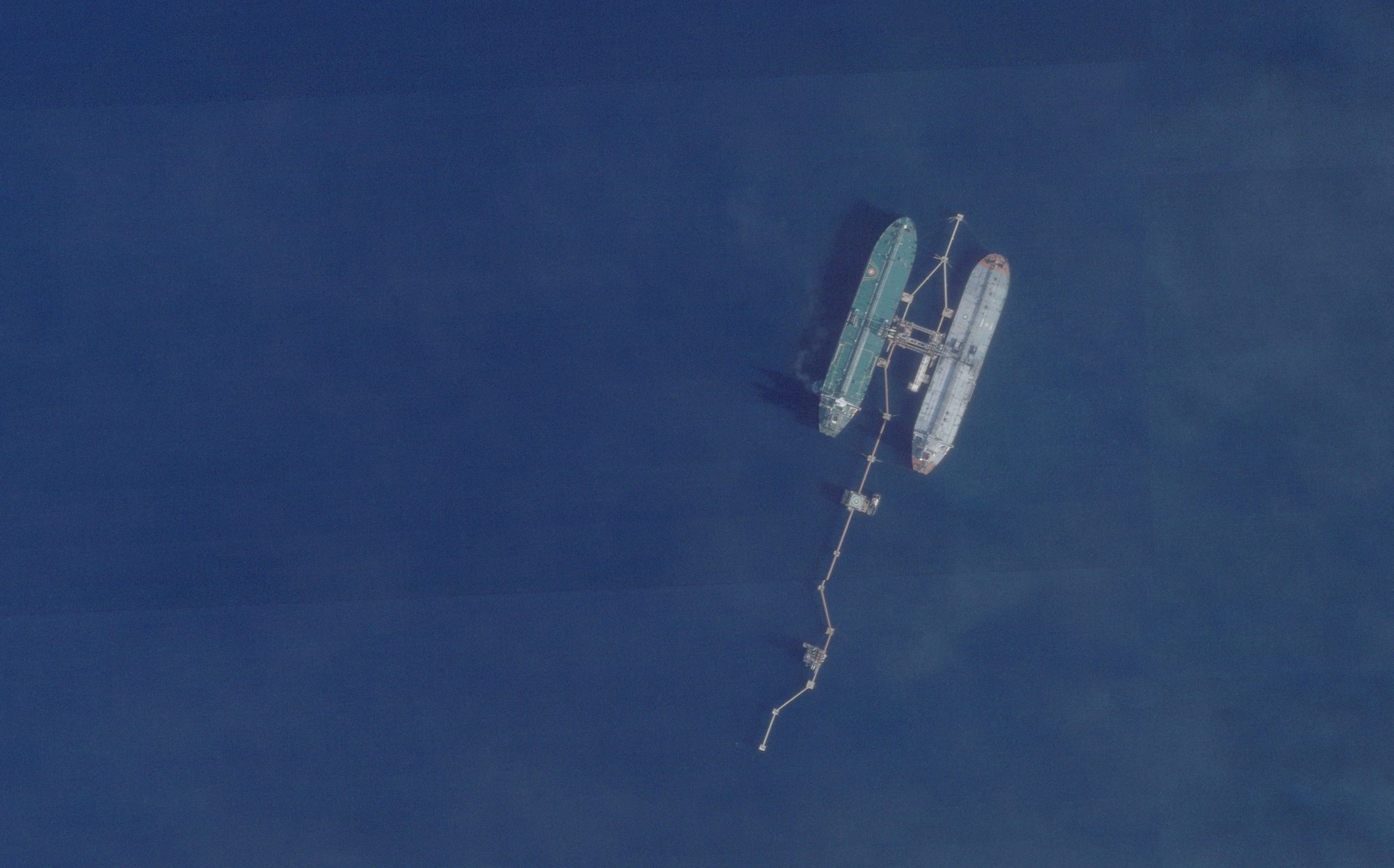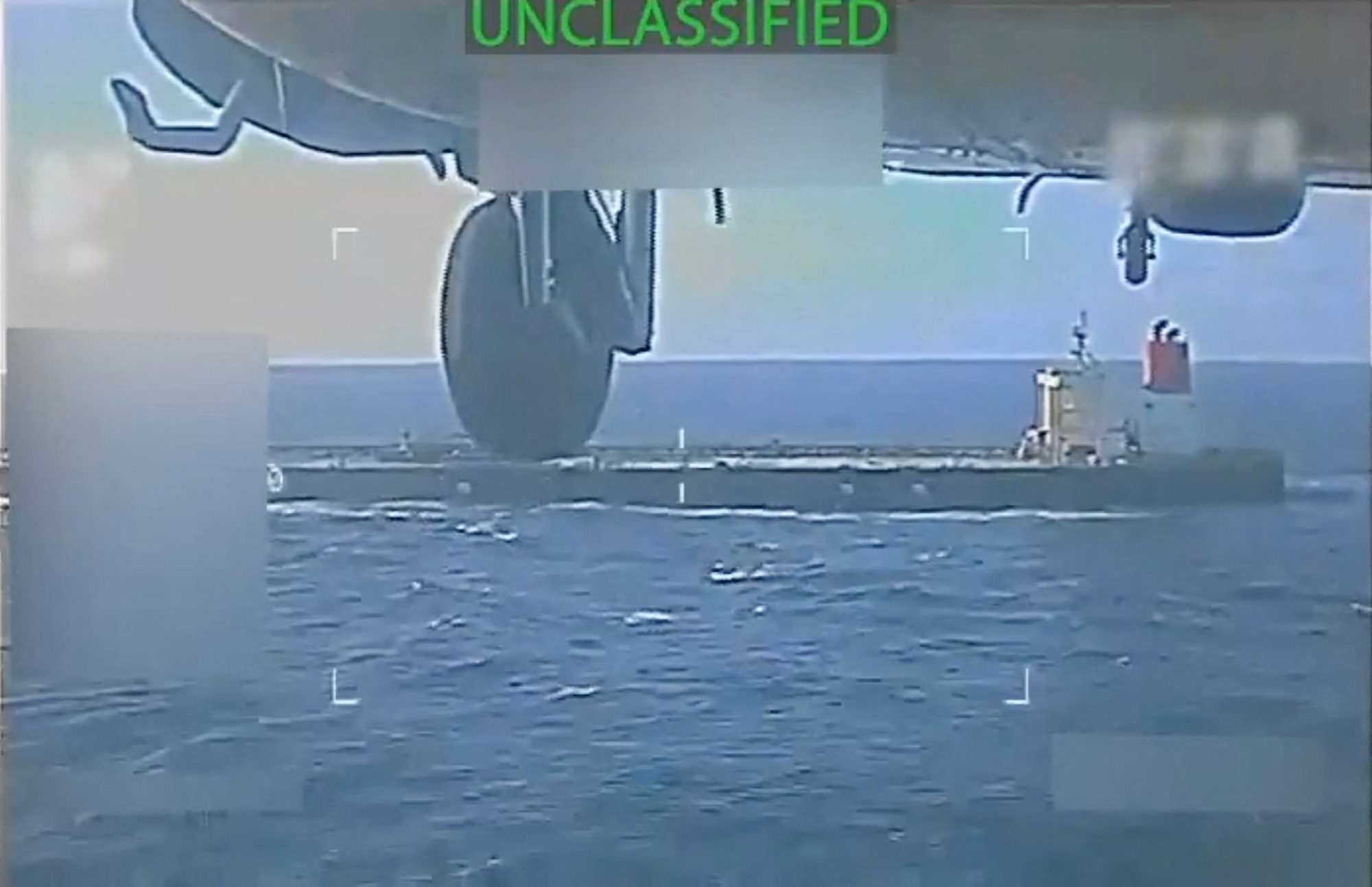By Olivia Solon and Mohammed Hatem (Bloomberg) —
Repairs have finally commenced on three subsea telecommunications cables that were damaged in the Red Sea in February, even as Houthi militants escalate their attacks on ships in the area.
The AAE-1 cable, a 25,000-kilometer (15,500 miles) fiber optic link between Asia and Europe, was repaired by a ship owned by E-Marine, a subsidiary of Abu Dhabi-based Emirates Telecommunications Group. The cable came online this week, a Yemeni government official said. The same ship, Niwa, remains in Yemeni waters to repair the remaining two cables, Seacom and EIG.
The cables, among more than a dozen that run through the Red Sea, were severed by the anchor of a cargo ship sunk by Iran-backed Houthi militants in late February.
Repairs to the cables have depended on gaining access to infrastructure in Yemen’s waters, a task complicated by the country’s split government and the fact the Red Sea is a conflict zone. It has taken months of negotiations involving the cable operators and the two factions that control Yemen — the internationally-recognized government in the south and the Houthi-backed government in Sanaa — to arrange for the repair mission.
“These are some of the biggest data highways connecting Europe, Middle East, India and Asia,” said Roderick Beck, a consultant who sources network capacity on subsea cables for telecommunications clients. “The downtime has forced carriers to completely reroute traffic by building new digital highways stitched together using new cables at considerable expense and working around the clock.”
Although the telecommunications data that passes along the damaged cables was re-routed, the incident highlighted the vulnerability of critical subsea infrastructure and the challenges of making repairs in the Red Sea, one of the world’s most important shipping lanes and a conflict zone since late 2023. Houthi militants, an Islamist group claiming to support Hamas, have recently ramped up attacks on vessels in the area, including using a drone boat packed with explosives to sink a coal ship, Bloomberg News reported in June.
The consortium operating the AAE-1 cable, which includes Emirates Telecommunications Group, Telecom Egypt and Saudi Arabia’s Mobily, had initially struggled to get a permit from the internationally-recognized Yemeni government because of a dispute over one of the consortium’s members, TeleYemen. The government approved permits for the other two cables in May, but refused AAE-1 and launched a criminal investigation into TeleYemen’s alleged ties to the Houthi militia.
It’s not clear how the AAE-1 cable consortium was able to obtain a permit. A government representative declined to comment further. Representatives for the consortium did not respond to requests for comment. Representatives for Seacom and EIG did not respond to requests for comment.
The Houthis have been attacking merchant and military ships in the southern Red Sea since mid-November. The strikes have forced many cargo vessels to sail around southern Africa instead of through the Red Sea and Suez Canal — sending freight rates soaring and raising concerns about the security of underwater cables that help transmit data across the world.
© 2024 Bloomberg L.P.

 Join The Club
Join The Club









